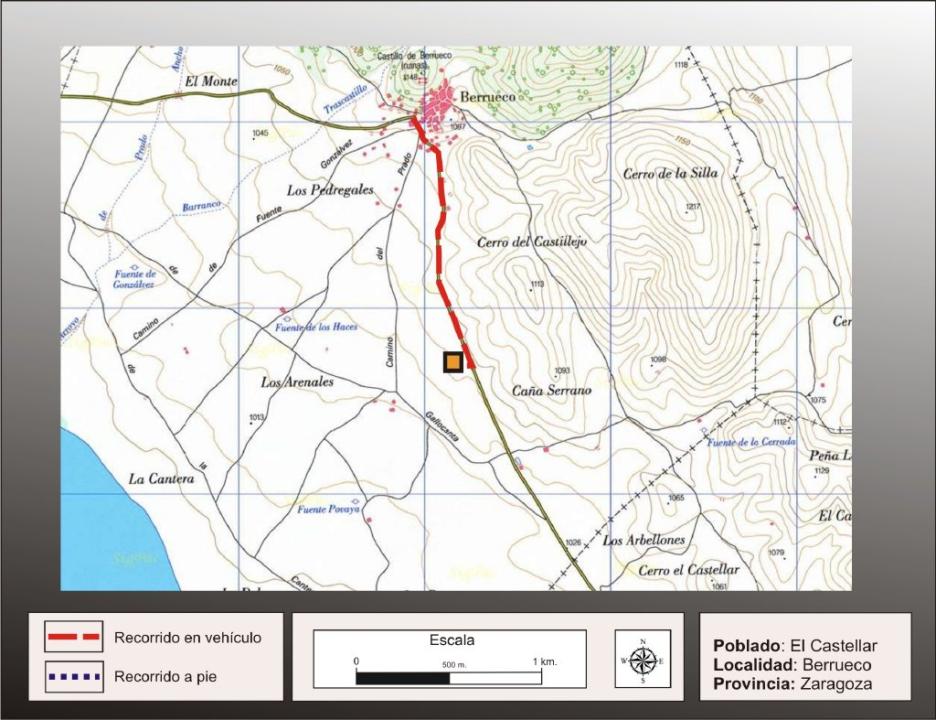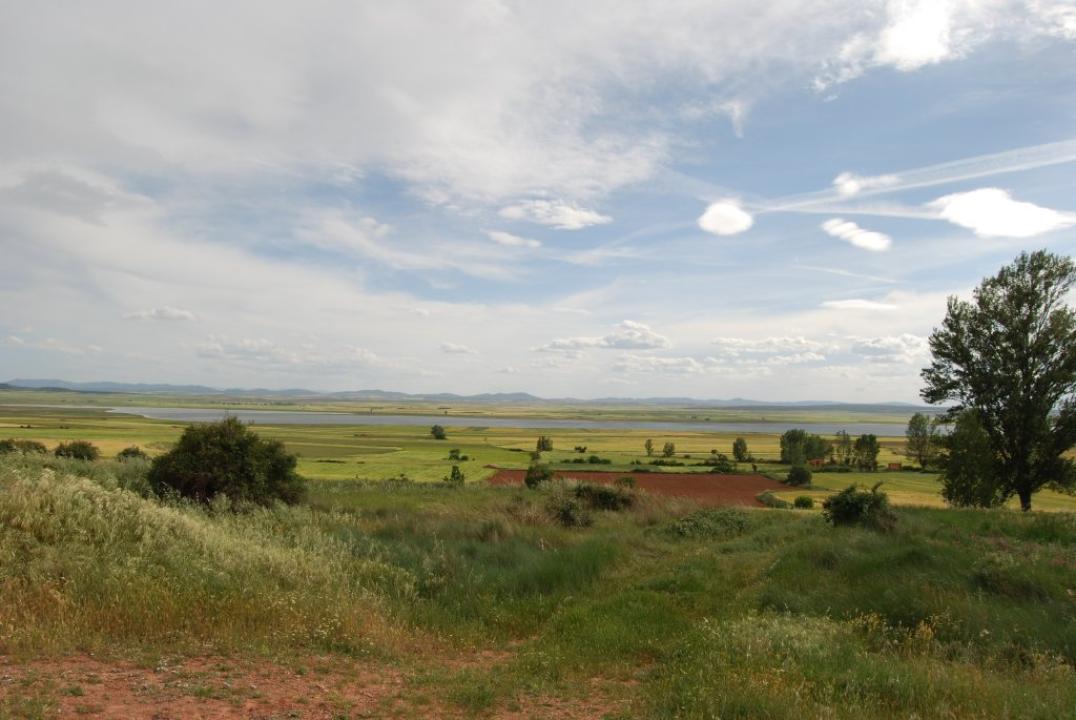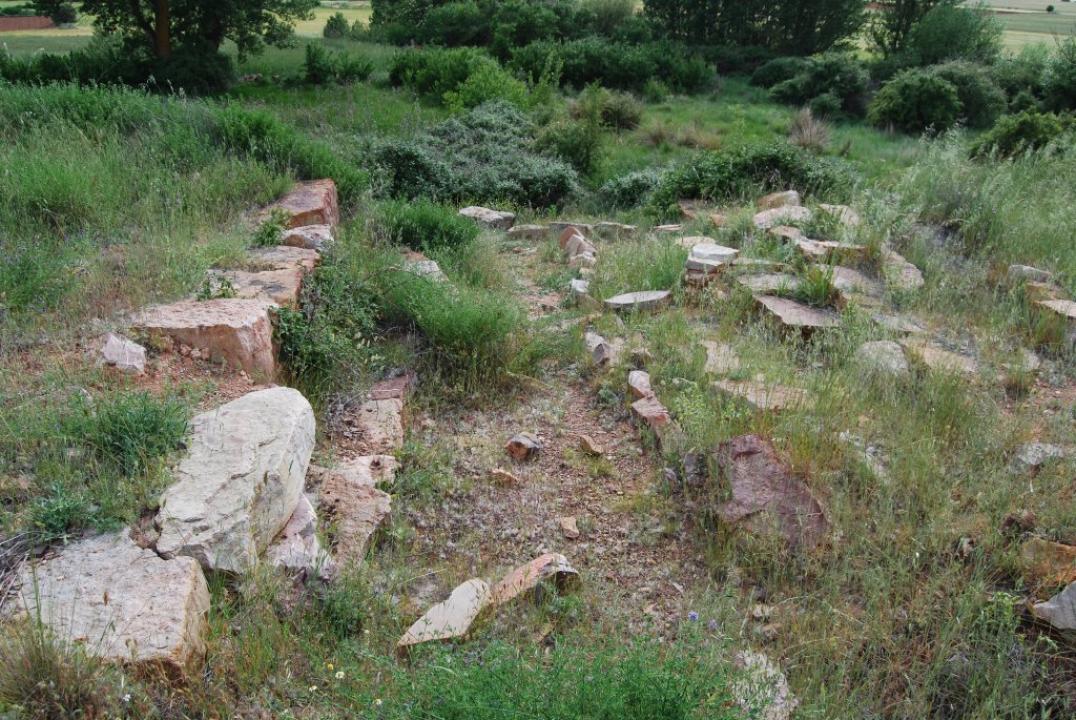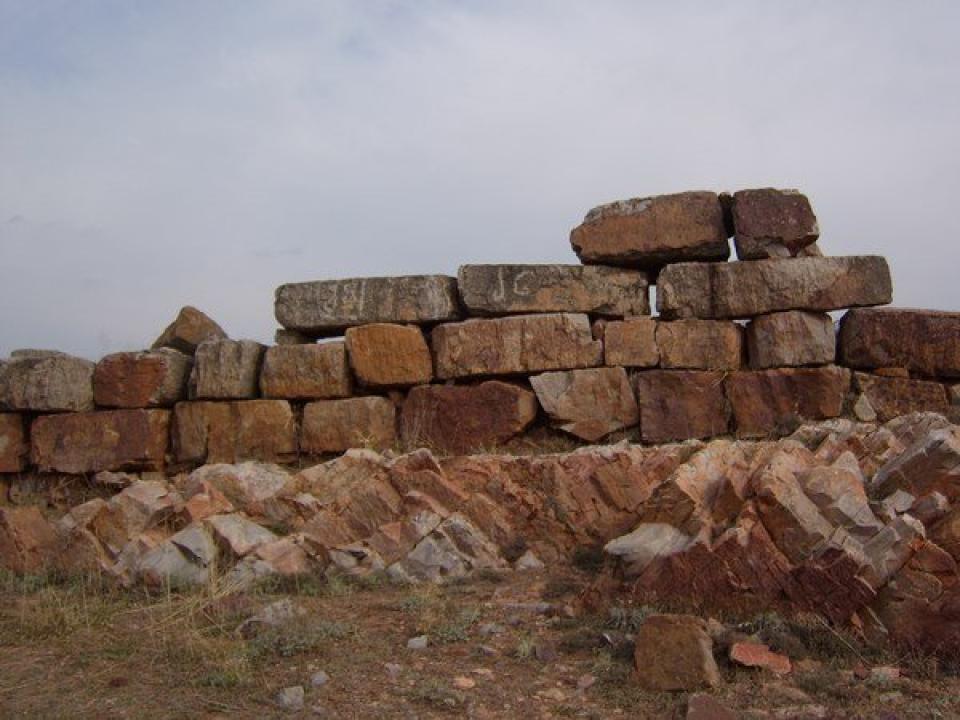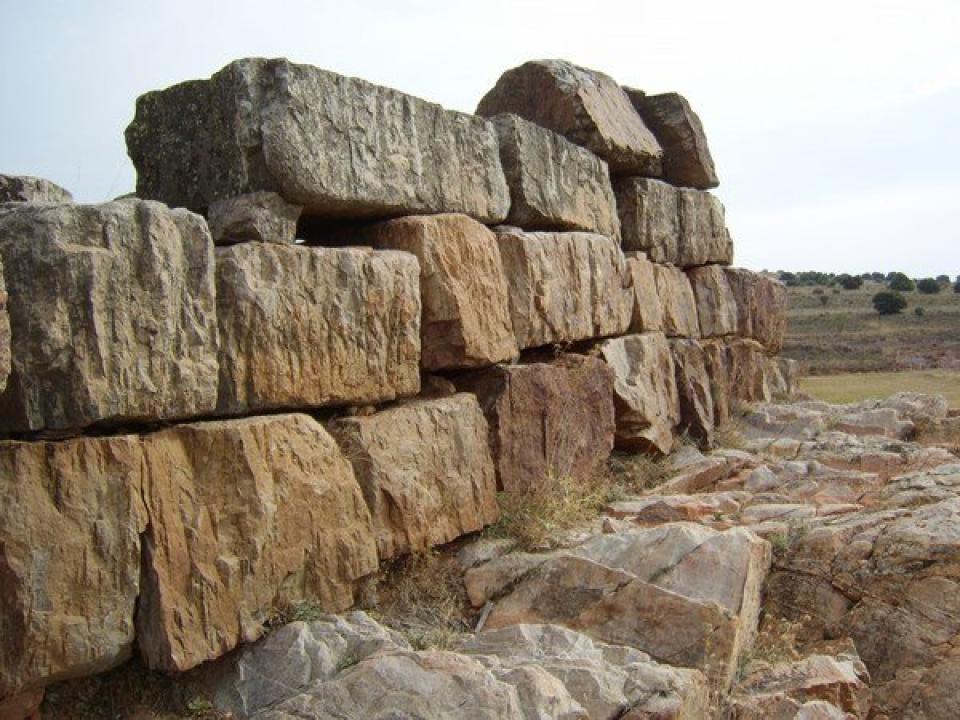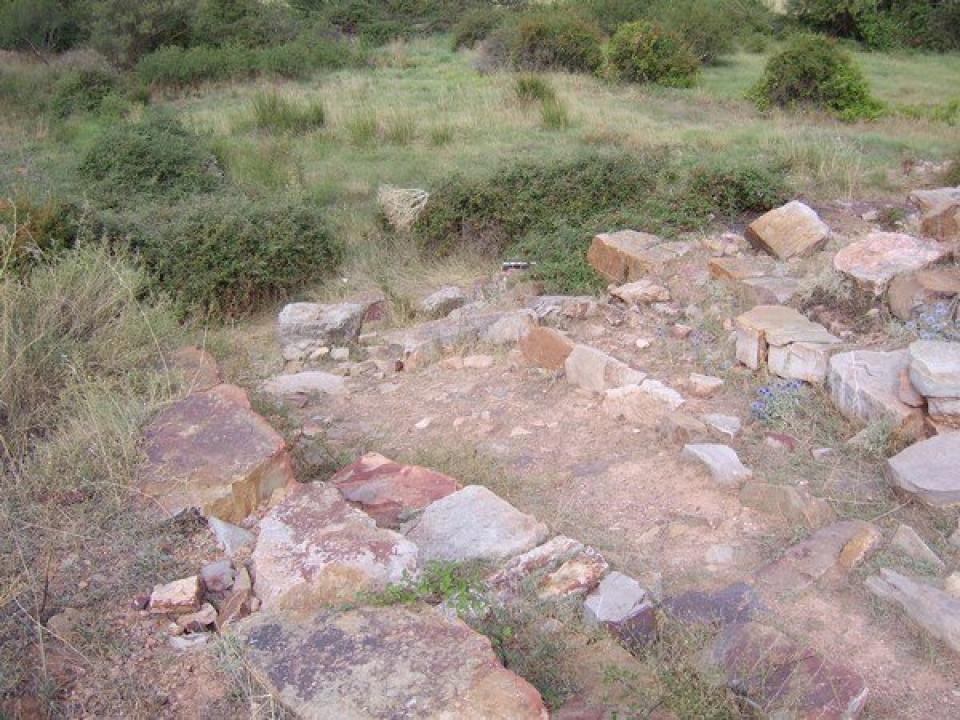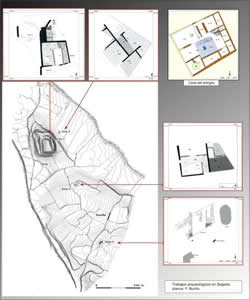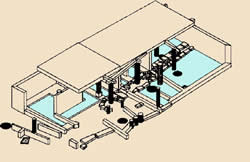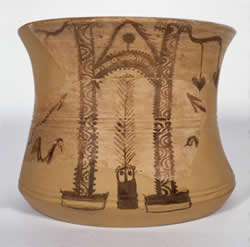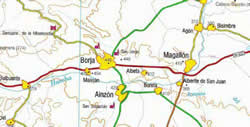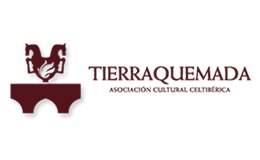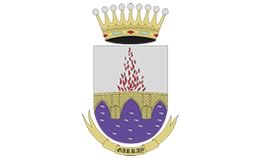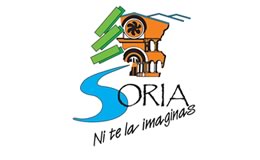

From Berrueco follow the road to Tornos and to about 2km branch off to the right through a narrow road for about 200m and you arrive at the site.
Situation and location (The lagoon of Gallocanta)
The name of Castellar, that receives this hill, is located near to the locality of Berrueco. This village has the prominent privilege to gaze at the most of the lagoon of Gallocanta that is among the provinces of Zaragoza and Teruel. It is one of the main wetlands of the Iberian Peninsula where thousands of birds take refuge in its migration Between Europe and Africa, standing out the cranes and other species as well as its flora adapted to the conditions of saltiness of the water.
It is possible to see the Centre of interpretation of Birds in Gallocanta and the Centre of the Interpretation of the Lagoon, in the road that joins the localities of Tornos and Bello since in the province of Teruel.
Works of researches
This site was excavated in the decade of the 90s by the archaeological team that leads Francisco Burillo of the University of Zaragoza.
SIGHTSEEING TO THE VILLAGE
Characteristics of the settlement
The term “castellar” makes reference to the ruins of a small Celtiberian fortified village, of more or less rectangular shape that occupies only about 600m² of length.
The defensive system:
The city wall:
The thing that more stands out of this old village are the ruins of its city wall constituted by two parallel walls of enormous stone ashlars with filler inside of stones and earth. This defence keeps in some points till four rows of height achieving a certain spectacular effect. The better kept ruins are in the West (watching towards the lagoon) and in the opposite side (East). The defensive character of the city wall was reinforced digging a moat in front of the same.
The entry door:
In the West side of the city wall, positioned towards the lagoon, stands out the entry door to the village of monumental aspect of almost 5m of width protected by two powerful walls with sidewalks paved with big stone slabs and with one of these (coming in the one of the left side) stands out a little channel of drainage for the evacuation of the village waters. In front of the door was located, to reinforce the defence, a transverse stone wall that made difficult the direct access to the village obliging to a zigzag entry.
• The inner part of the village:
Sidewalks and drainages:
One crossed the door and inside of the village you can see a small area with sidewalks and drainage that gives a relatively urban aspect to this point of access.
Organisation of the inner space:
The village is organised around a wide central street, faced North-South, from which they acceded to the houses through one of its narrow facades, leaned against the city wall with its back side. It is worked out that the village would have between 20 and 28 homes, with similar dimensions and reduced size that would gave to the group a big homogeneity.
The walls of the housings were built with skirting boards or basis of stone and top layers with adobe and mud wall, finished off with vegetal coverage, perhaps reinforced with mud. The most of floors were of steamrolled earth even if occasionally slabs of stone were found.
Bibliography
Burillo Mozota, Francisco (1993): Inventario arqueologico. Daroca. Diputacion General de Aragon. Zaragoza.
Polo, C.; Villagordo, C. (2004): Del poblado fortificado al asentamiento en llano: la evolucion de los asentamientos rurales en el Sistema Iberico Central (s.III a.C.-Id.C.). En Seminario sobre Torres, Atalayas y Casas Fotificadas: explotacion y control del territorio en Hispania (fines del s. III a.C.-s. I d.C.). Casa de Velazquez, Madrid.
Centre of interpretation in Berrueco
In the old schools of the locality of Berrueco it has been installed the “Hall of Exposition of the Man and the Nature” dedicated to exhibit the results of the archaeological works realized in this Celtiberian village, through exhibition panels, models and interactive multimedia about the archaeological works realized in this Celtiberian village that can be visualized in a Celtiberian house partially rebuilt.
Contacts and visiting hours
Archaeological site:
- It is signposted with panels at floor level and the entry is free.
- Exhibition of “The Man and the Nature” in Berrueco:
- Carretera de Gallocanta, s/n
- 50373 El Berrueco (Zaragoza)
- Tel: (+34) 976803085 - 976803032
- Contact: Miguel Bastellin
- Visiting hours: arrange visit.


